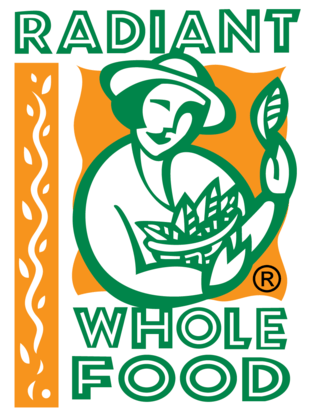
Power of Honey

Honey is a thick, golden liquid produced by industrious bees, made from the nectar of flowering plants. Honey tastes differently depending on the types of flower which provided the nectar.
The sweetness of honey comes from the high levels of monosaccharides, fructose, and glucose, plus it’s mostly 70-80% sugar. This makes honey an ideal substitute for table sugar while being gentle on stomach.
Easily adaptable to all cooking processes while boasting an indefinite shelf life, honey is notable for antiseptic and antibacterial properties.
Did you know?
- Honey is linked to wound-healing properties.
- It has been used in medicine for over 5,000 years.
- Honey can replace sugar in meals, providing a healthier option.

Alternative to Sugar
Ditch sugar for honey and indulge in guilt-free baked goods.
Baking with different honey variant results in unique flavour. Same sweetness minus the sugar, but double the tasty level.



Tips when swapping sugar with honey (for baking)


Natural vs Organic
According to USDA, organic honey must originate from bee farm that adheres to organic livestock standards. These standards state that the hives must be free of chemicals or distanced from any present. Also, flowers acting as nectar sources are mandatorily chemical-free and bees cannot be given antibiotics.
Organic honey is also strained and not heated beyond pasteurization. Raw and organic honey are both rich in antioxidants and have antibacterial properties as well.

Amazing Manuka
METHYLGLYOXAL MANUKA: RADIANT RAW NATURAL
UNDERSTANDING GENUINE METHYLGLYOXAL MG MANUKA
Q: What is GENUINE AUTHENTIC Manuka Honey
A: GENUINE AUTHENTIC manuka honey MUST be based on its methylglyoxa (MG) content (rated MG100+ MG200+ MG 300+ MG400+). RADIANT is methylglyoxal tested as per NZ Government's current guidelines: Note: The NPA test (rated 5+ 10+ etc) is not used any more. It is considered outdated and unreliable. It is also considered a 'health claim' which is no longer allowed under New Zealand's new Food Standards legislation.
Q: What is Methylglyoxal (MG) content?
A: It is the 'UNIQUE' manuka ingredient / content collected by the Bee from the nectar of the manuka flower.
Q: Is there a direct correlation between the old NPA and the methylglyoxal (MG) rating
A: There is no clear direct correlation: Scientists agree there is a moving relation ship between the two rating systems. However, NO correlation is accepted at this time by NZ Government (MPI) or Bee Products Standard's Council. It is a scientific work in progress.
Q: Why do some rating systems differ on labels - ie NPA/MG?
A: Methylglyoxal testing shows its rating system in multiples of 100 ie MG100, MG200 etc. Whereas the NPA test is 5+ 10+ etc. Our government is in process of setting Standards based on pollen count or methylglyoxal content. The NPA test is no longer used in NZ.
Q: Why is RADIANT RAW NATURAL manuka sought after?
A: Because NOT ONLY IS IT high quality honey, it is EXTRACTED WARM from the hive; is not blended, creamed, processed or pasteurised in any way. It is packed fresh to order.

Manuka Honey

Radiant Raw Natural Manuka Honey is EXTRACTED WARM from the hive in New Zealand. They are packed fresh to order to preserve natural properties and high quality.
Organic Honey

Radiant Organic Honey is from the pristine northern regions of Himalayan mountain, and it is free of additives & antibiotics.

Enjoy 15% off with code : RADIANTHONEY15
REDEEM CODE




















